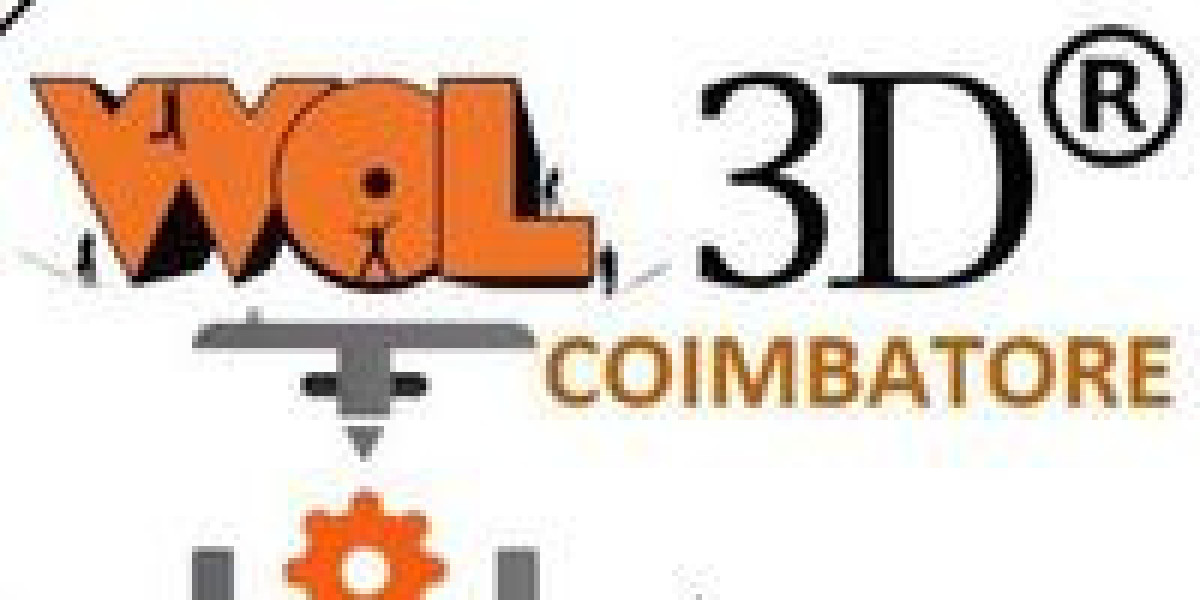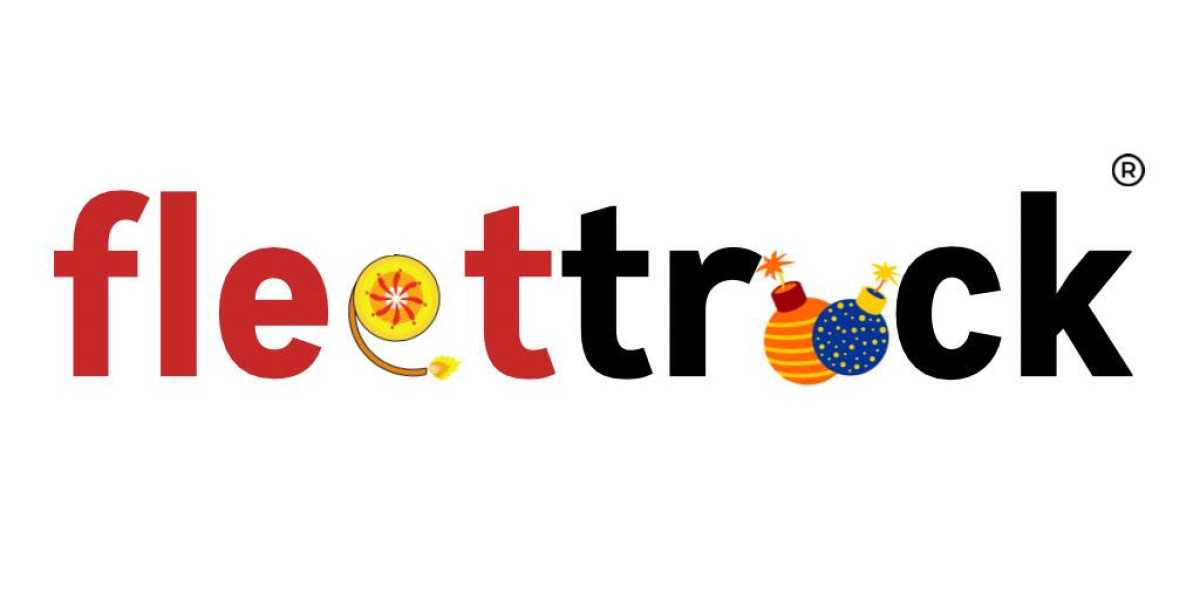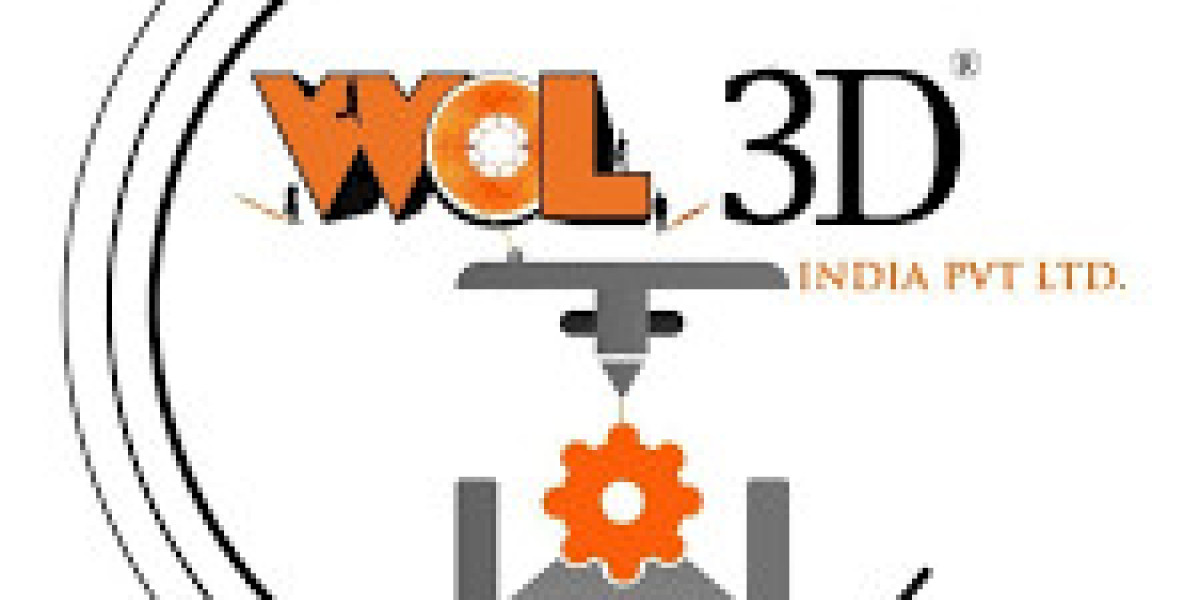In today's digital landscape, businesses are constantly seeking ways to optimize their IT operations and drive efficiency. With the proliferation of desktop devices and the rise of remote work, traditional desktop management practices are no longer sufficient to meet the demands of modern workplaces. To stay competitive and agile, organizations must embrace modern desktop management practices that leverage automation, centralization, and cloud-based technologies. Let's explore how adopting these practices can unlock efficiency and transform IT operations:
Centralized Management: Modern desktop management practices advocate for centralizing desktop management tasks to streamline operations and improve scalability. By consolidating management tasks such as provisioning, deployment, patching, and troubleshooting into a centralized console or platform, IT teams can achieve greater control, visibility, and efficiency across their desktop environment. Centralized management enables IT administrators to standardize configurations, enforce policies, and ensure compliance with security requirements, reducing manual errors and minimizing the risk of security breaches.
Automation and Orchestration: Automation is at the heart of modern desktop management, enabling organizations to automate repetitive tasks and workflows to improve productivity and reduce manual intervention. By leveraging automation and orchestration tools, IT teams can automate routine tasks such as software updates, patch management, system configuration, and inventory management, freeing up time and resources to focus on strategic initiatives. Automation also helps organizations respond faster to changes and incidents, reducing downtime and improving service levels.
Cloud-based Management Solutions: The shift to cloud computing has revolutionized desktop management, offering organizations scalable, flexible, and cost-effective solutions to manage their desktop infrastructure. Cloud-based desktop management solutions, such as Desktop as a Service (DaaS) and Unified Endpoint Management (UEM), enable organizations to manage and secure endpoints from a centralized cloud-based console, regardless of their location or device type. By leveraging the scalability and agility of the cloud, organizations can scale their desktop infrastructure on-demand, reduce capital expenditures, and improve resource utilization.
Security-First Approach: Security is a top priority for modern organizations, especially in the face of increasing cyber threats and regulatory requirements. Modern desktop management practices prioritize a security-first approach, integrating advanced security features such as endpoint detection and response (EDR), encryption, multi-factor authentication, and threat intelligence into desktop management solutions. By adopting a proactive approach to security, organizations can better protect their endpoints, data, and digital assets from evolving cyber threats and vulnerabilities.
User-Centric Experience: In today's user-centric workplace, providing a seamless and intuitive desktop experience is essential for driving productivity and satisfaction among employees. Modern desktop management practices focus on delivering a user-centric experience by personalizing desktop environments, optimizing performance, and providing self-service options for users to access resources and support. By understanding the needs and preferences of users, organizations can enhance user experience, increase engagement, and improve overall productivity.
In conclusion, optimizing IT operations with modern desktop management practices is essential for organizations looking to stay competitive and agile in today's digital era. By centralizing management tasks, leveraging automation and orchestration, embracing cloud-based solutions, prioritizing security, and focusing on user-centric experience, organizations can unlock efficiency, improve productivity, and drive innovation across their desktop environment. As businesses continue to evolve and adapt to changing technology trends, investing in modern desktop management practices is crucial for maintaining a competitive edge and driving success in the digital age.







